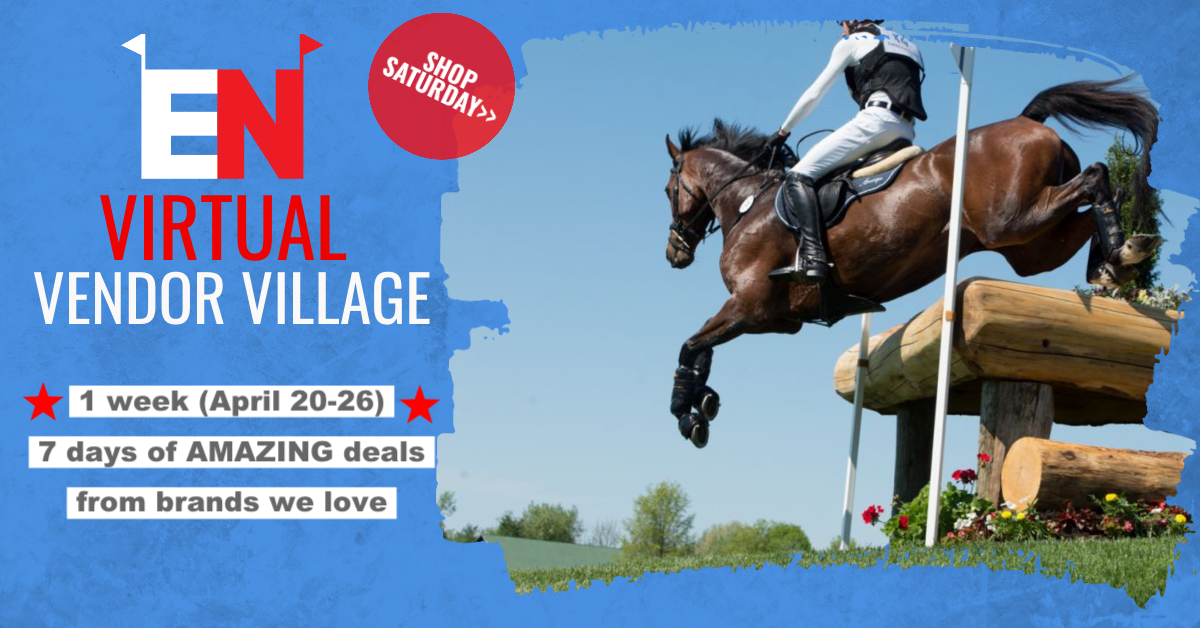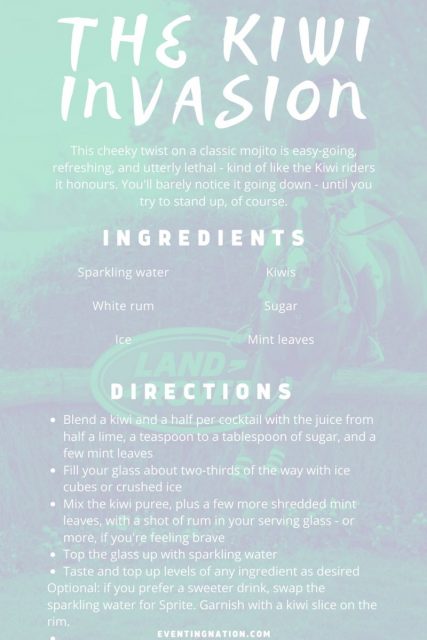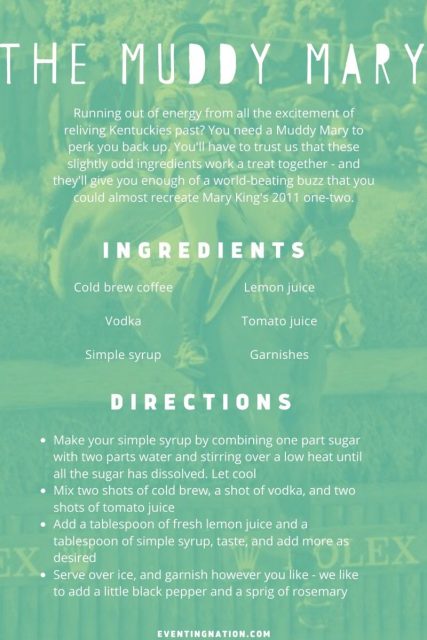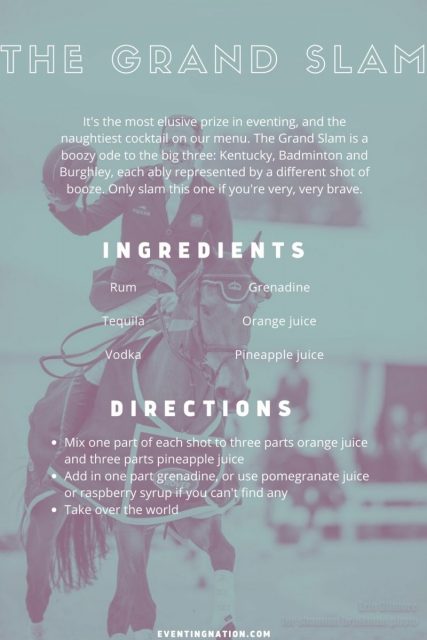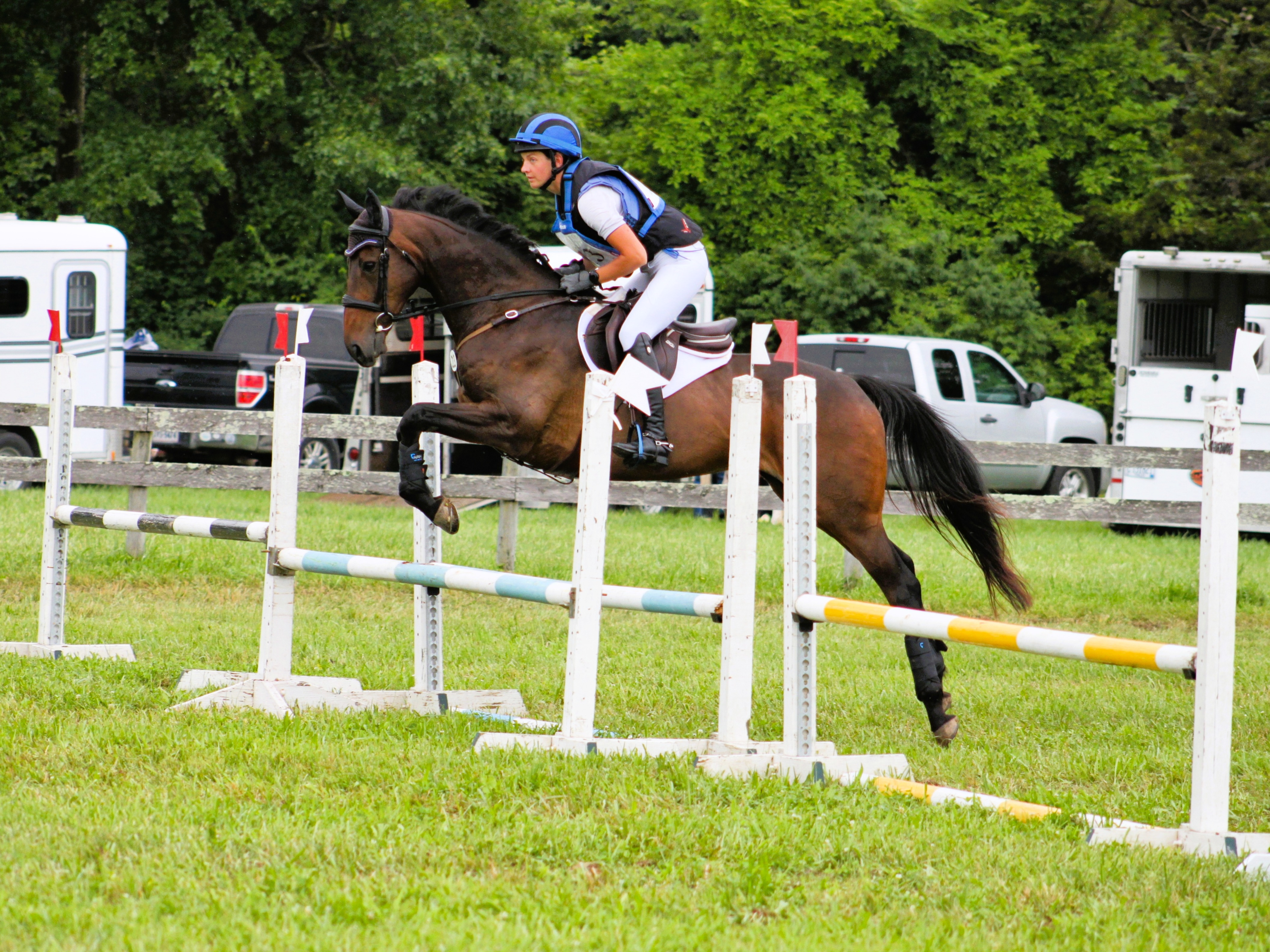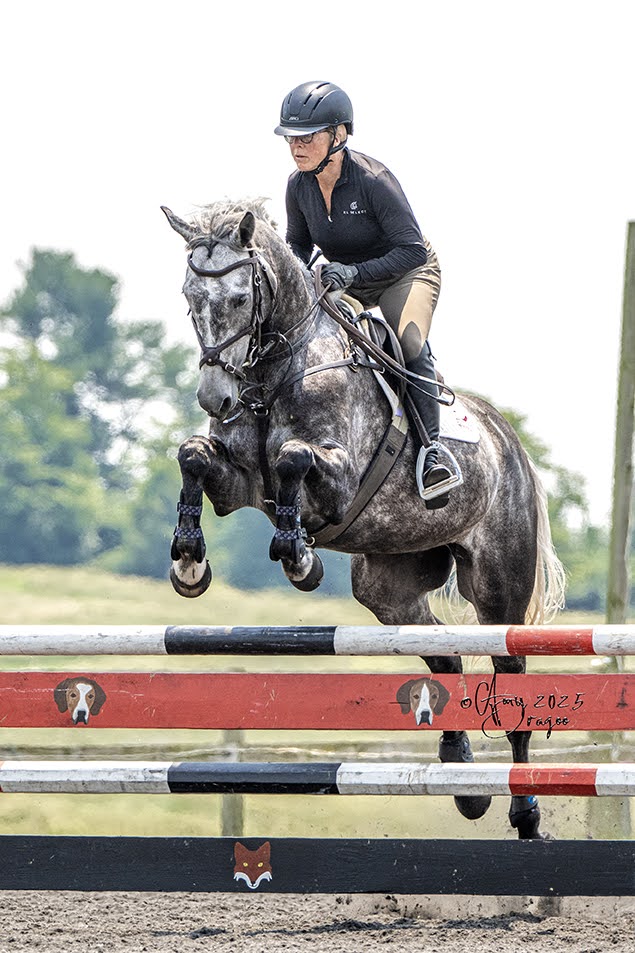
The USEF has extended its suspension of competitions, which was most recently extended through May 3, through May 31. You can view a list of May USEA Horse Trials still on the calendar that this suspension will impact here. The USEA Board of Governors voted to follow suit and all USEA recognized events and educational activities are suspended through May 31, 2020.
USEF issued the following statement this morning:
“Dear USEF Members and Competition Organizers (Licensees and Managers),
“We continue to carefully monitor the COVID-19 Pandemic situation and the position of health experts, including the CDC and other public health authorities. It appears that in several areas of the country, restrictions put in place by State Governors, such as the “stay-at-home” orders, are making a positive difference. Federal, state and local governments are discussing plans for re-opening the environment in the near future. However, this will not occur overnight and will very likely consist of a graduated easing of restrictions over several weeks, which may vary greatly state-to-state, as well as within the states themselves.
“The success of these plans is predicated on a mindful and responsible approach to easing restrictions while also maintaining best practices that we have all learned and adopted in order to reduce exposure to and transmission of the COVID-19 virus. Once USEF competitions resume, we must all continue to support and maintain these best practices as part of our daily activities to help prevent further disruptions to our lives. We hope that resumption of competition comes soon.
“With that in mind, the suspension of all USEF owned and named events, selection trials, training camps, clinics and activities is being extended through May 31, 2020. This suspension also includes points, scores, money won, qualifications, or rankings toward any USEF award programs, USEF owned and named events, or selection to a US team including USEF National Championships. Upon the expiration of this suspension, competitions must comply with requirements issued by USEF for operating sport horse competitions in this environment.
“Collaborating with competition organizers, affiliate leaders and other industry experts, USEF has been developing competition protocols for safely operating competitions and mitigating the risks associated with COVID-19. Once finalized, we will be providing all competition organizers with these protocols as well as other risk mitigation tools for their use. These tools and resources will also be front-facing on our website and accessible by all members and website visitors.
“We have been working on amendments to qualification and selection processes for numerous USEF owned and named events as well as how USEF HOTY awards and ranking lists are calculated. We have started announcing modifications that will make the process as fair as possible for all participants, despite the disruption to the competition year and the likelihood of a staggered regional start-up.
“We have received inquiries as to whether USEF will grant exemptions to the junior competitor age restrictions, equine age restrictions and equine eligibility restrictions based on competitive experience. While these topics are being discussed, it is still too early to make definitive conclusions regarding these issues.
“We will continue to assess the pandemic impact, and we will keep you informed of any updates to our position as circumstances warrant or as instructed by the government and public health authorities.
“The safety and welfare of our members and their horses must continue to be our top priority.
“Stay safe,
William J. Moroney, Chief Executive Officer”






